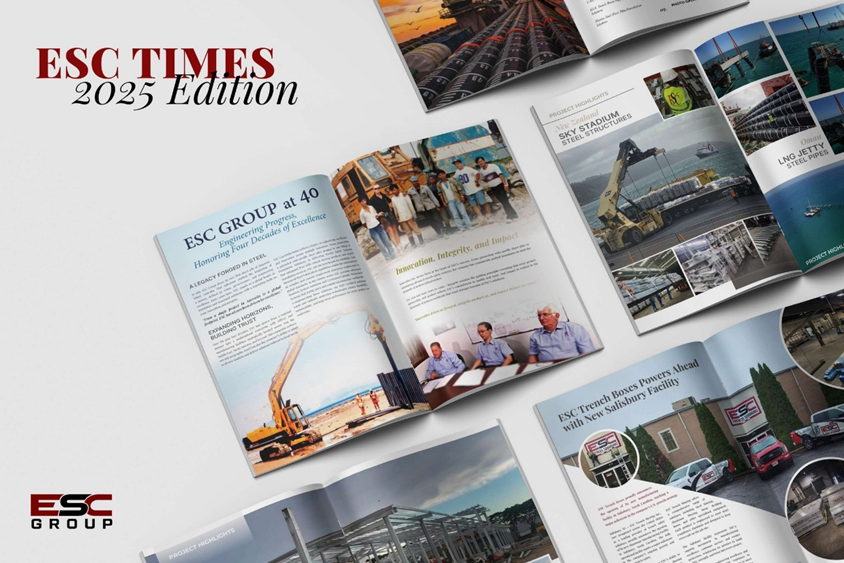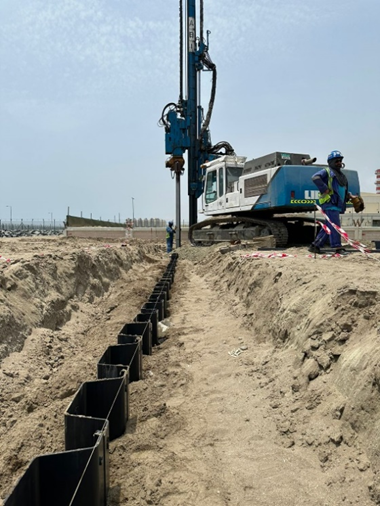Testing of Mooring Bollards
- ESC Group

- Mar 5, 2022
- 3 min read
Updated: Mar 7, 2022

Mooring bollards are integral in any mooring system for offshore structures. These are used to secure mooring lines, and to prevent the vessels from drifting from its anchored location. Bollards may be formed into different types, depending on the use of the bollards, and what type of vessel would be anchored to it.
Some common types of mooring bollards are T-head bollards, kidney bollards, Japanese T-head bollards, and pillar bollards. These types may also be cast using different steel grades and shall depend on the design loads that the bollards would resist during its useful life.
TESTING FOR MOORING FACILITIES
According to the United States’ United Facilities Criteria 4-150-08 (UFC 4-150-08), mooring hardware testing procedures are carried out to ensure the correct design load capacities of the components of mooring facilities, and to ensure the readiness of these facilities during its operational phase. A corresponding Mooring Hardware Report is prepared with the following objectives:
1. To establish adequacy of mooring facilities
2. Enable facility users to develop efficient berthing plans
3. Establish baseline data on existing mooring hardware and berthing capacity
4. Provide facility users with information sufficient to determine the level of effort necessary to maintain or upgrade existing capacity

Prior to the conduct of mooring hardware testing, inspection of the facilities and its various components should be done. An inspection report must also be prepared and shall serve as the basis in defining the scope of work. The scope of work shall include the following information:
1. Hardware (or component) to be tested
2. Type of hardware
3. Type of support structure
4. Level of testing required
5. Accessibility
6. Date of last inspection/testing
TESTING METHODS FOR MOORING BOLLARDS
Per UFC 4-150-08, two (2) main types of testing are carried out for mooring bollards and other mooring hardware. These are the Pull Testing, and Bolt Testing. These tests are done to ensure that the mooring hardware is capable of holding its design load.
The Pull Testing can be carried out in four methods, which are enumerated as follows:
1. Pull test with a test rig, which may include jacking equipment
2. Pull test with a land-based crane or winch
3. Pull test with a water-based crane or winch
4. Pull test similar mooring hardware one-against-the-other to test two pieces of mooring hardware at once using weight handling equipment to apply the load.

Apart from the Pull Test, the Bolt Test must also be carried out to determine the adequacy of the installed bolts of the mooring bollard to resist the design loads. Should the bolts be fastened onto concrete, shear stresses are transmitted to the concrete and/or grout base. This implies that bolts/ fasteners of mooring bollards only need to be tested in tension for this type of installation. Tension test for these bolts shall conform to ASTM E488, Standard Test Methods for Strength of Anchors in Concrete and Masonry Elements.
Generally, the procedure involving Bolt Testing of mooring hardware is as follows:
1. Remove the grout and nuts from the bolts
2. Pull-test each bolt to 110% of its working load using a pull test rig, and shall conform to the provisions stated in ASTM E488
3. If the test is successful, reinstall the nuts and grout to the design condition
4. If the bolt fails, take out of service and replace as soon as possible.

For more information on Mooring Bollards and the tests conducted for such offshore mooring components/accessories, you may visit ESC Steel’s website.
ESC offers a wide array of mooring bollards and other marine accessories that may be essential for your engineering projects.









